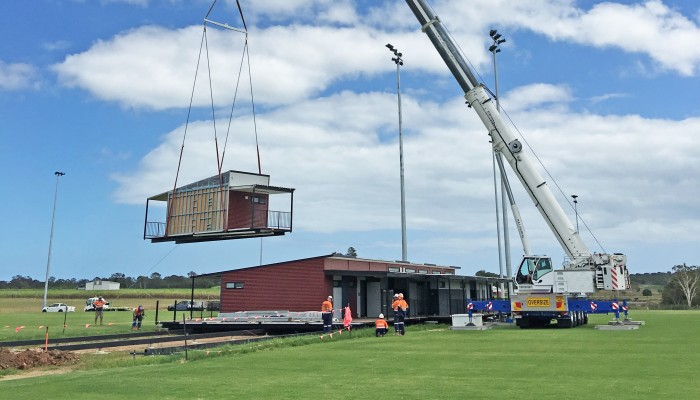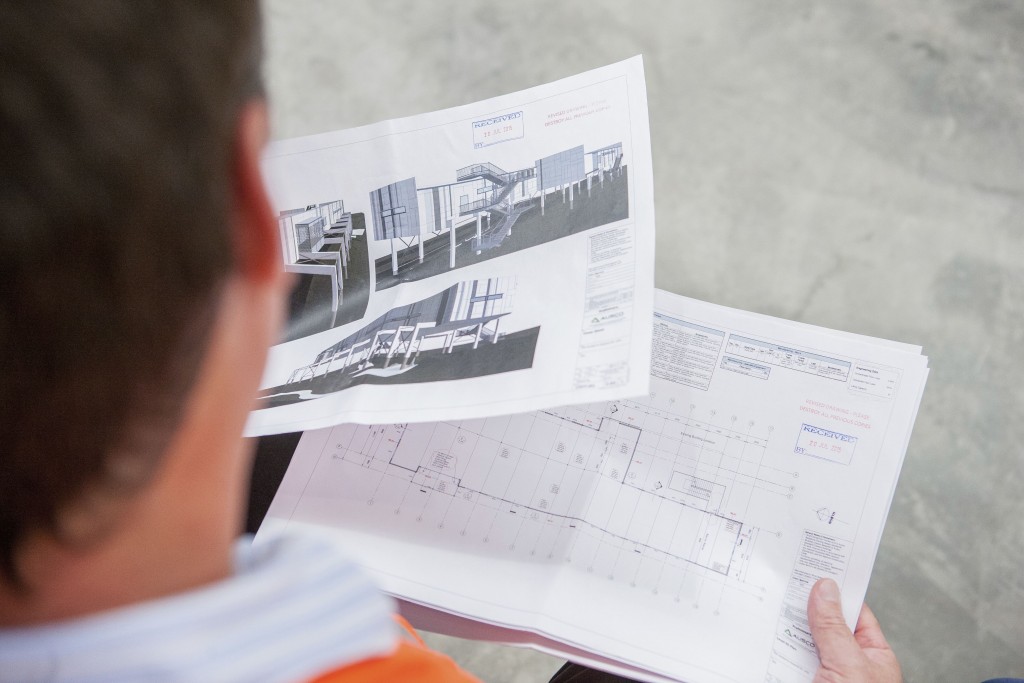
Modular Building Construction's Biggest Myths
Change is all around us, and the modular industry is no different. Over the years, innovations in process, product and technology have vastly improved what was already an efficient and reliable technique to construct buildings, to a point where many of the myths surrounding modular have become as outdated as the preconception that a donga is nothing more than 4 tin walls and a roof.
Here’s a quick look at the 5 most common misconceptions that surround modular construction.
Modular buildings are only for temporary applications
Modular is a fantastic option when a building is needed only for a short period of time. It can be quickly deployed, the buildings are generally hard wearing and can stand up to the rigours of the most remote mining or construction sites (or the wear and tear inflicted by hordes of school children for that matter) and are able to be removed from the site easily after the requirement has finished. At the same time, modular is a great alternative for permanent needs as well.
The product is flexible, can be adapted to just about any need – including hospitals, high rise hotels, military installations, schools and the more mundane office blocks, and the fact that most of the construction activity takes place offsite means that the disruption caused during the on-site construction phase is kept to a minimum. This makes modular a brilliant choice in many situations.
On top of all that, modular construction is subject to the same building codes as other building techniques, uses many of the same materials and from a design and aesthetic perspective affords just as many possibilities as in-situ building.
Modular buildings aren’t sustainable
The sustainability of a modular building is impressive. Not only can the building itself feature many of the same sustainability features as a traditionally constructed building, but the modular construction methodology itself means there’s less waste (both physical and energy) during the construction of the building.
The fixed factory environment means that waste materials can be more effectively managed. Waste materials are disposed of responsibly, while also being minimal thanks to the repeatability of the process – most modular builders are able to order in quantities that just meet their requirements without the requirement to hold excess material.
Finally, the buildings themselves are reusable and recyclable. If the building isn’t required, it can be repurposed, removed or relocated as required, allowing for effective use of the built asset as well as the land on which it occupies.

Building materials used for modular are inferior to those used in traditional construction
Quite simply, this is untrue. Modular construction uses the very same materials that are used in traditional construction. In many cases, material selections are made to specifically improve the durability of the building, due in large part to the additional requirement that each finished module must be transported to site without becoming damaged.
As is the case with most construction methodologies, customers can choose to upgrade certain features, fixtures and fittings throughout the building (both internal and external), meaning the modular building can be as grand as a 5-star hotel or a simple as a construction site shed.
Modular construction is inflexible and restrictive in design
Modular construction is only restricted by the thinking of the designers, architects and engineers working on your project. A team of modular construction experts is able to create amazing, seamlessly delivered projects that are largely built off-site in purpose built factories. There’s no rule determining the size or geometry of each of the modules, other than those set by your mind. The important thing is that the finished structure’s engineering is sound, that it complies with the building code and importantly that it satisfies the needs of the customer.
In short, there’s nothing stopping a modular building from being as grand as a 5 star hotel or as simple as a single room containing a desk and chair. Ultimately, it’s about understanding your needs and providing a solution that works for you!
Modular construction is new and untested
Modular construction is nothing new. In fact, modular construction can trace its origins back to the early 1900’s, when it started to become practical to move large, heavy buildings from a factory to their ultimate destination. At Ausco, we’ve got 60 years’ experience in the methodology, as does our global parent, Algeco. By building upon the local can-do and know how with global expertise, we’re able to deliver the best building to meet your needs.
So when you choose to work with Ausco Modular, not only will you benefit from the improved speed, safety, waste management and design flexibility that modular offers, but you’ll also reap the rewards of the many years of experience that exists both locally and worldwide.


